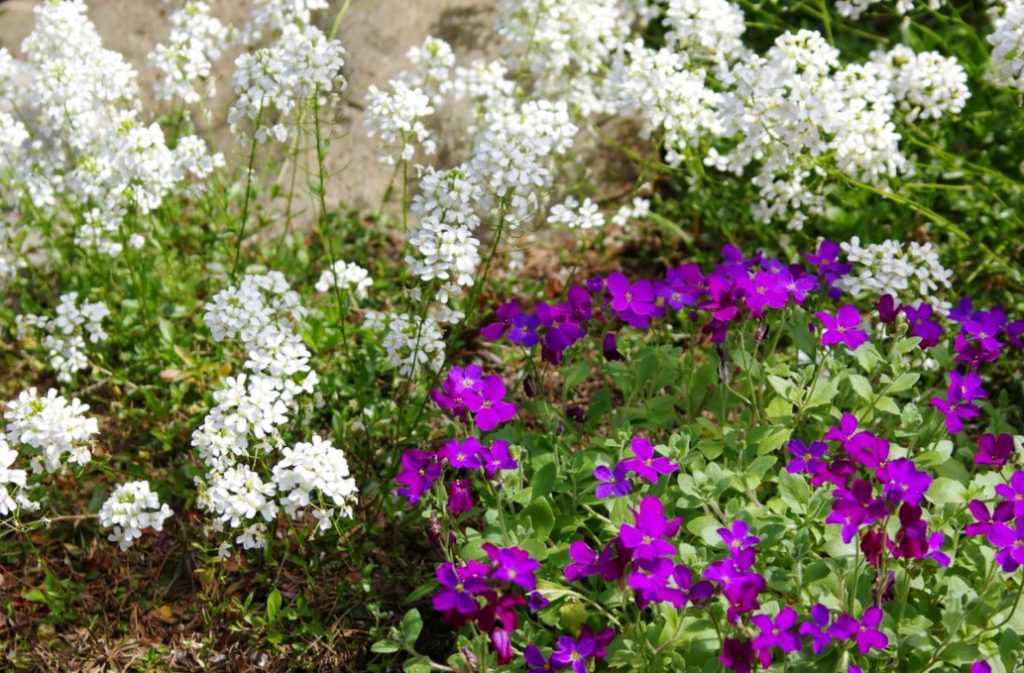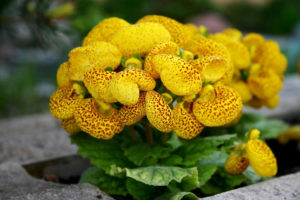We continue to choose sustainable perennials for the dacha, which is not possible to visit regularly. Let me remind you that the key characteristics of these ascetics are listed in the article.
It is clear that even in two publications it is impossible to consider all the diversity of such species, so I would like to draw your attention to the fact that today we are selecting not only winter-hardy, but also drought-resistant perennials for open Sunny places. In the comments, you can always Supplement the topic with stories about the species that have successfully passed the test of the sun, frost and poor watering in your dachas.
Ornamental grasses and grasses
In addition to true cereals-representatives of the Poaceae/Gramineae family, I included Carex from the Cyperaceae family of the same name, which look very similar to them. All selected species are strikingly tenacious and unpretentious, while always pleasing with a beautiful “fountain” of leaves and inflorescences.
Festuca glauca
The only weak point of drought-resistant species is that they do not put up with long-term waterlogging of the soil. In winter thaws on heavy soil without drainage, Festuca glauca can evaporate.
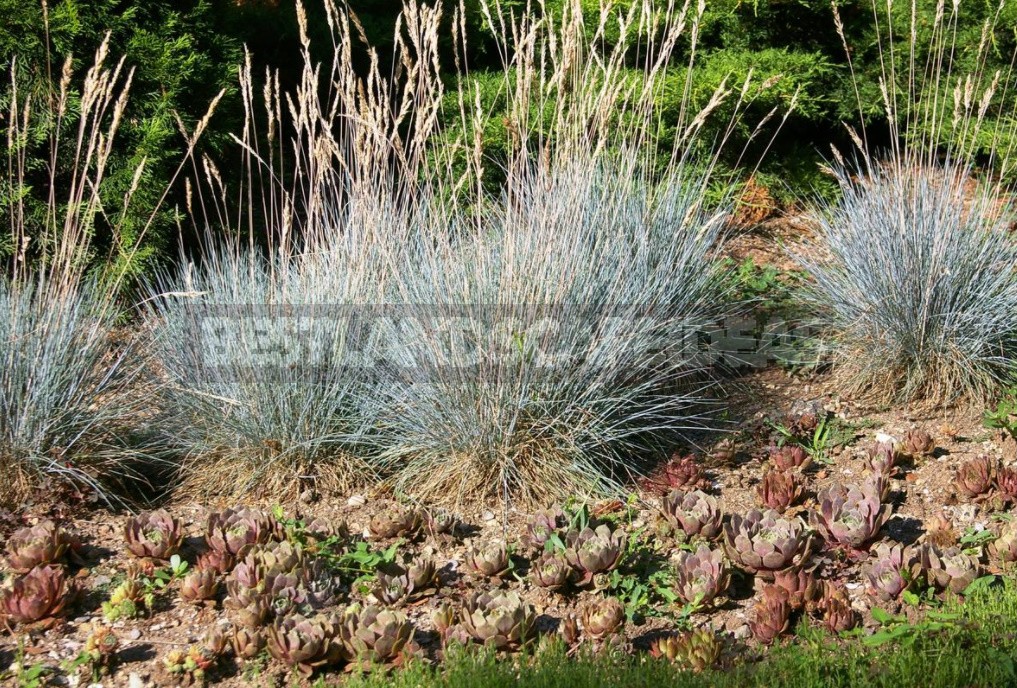
Frost-resistant (zone 4). For many years, without loss of decorative properties, it grows on poor drained soils. In the spring, he will not refuse combing. Cereal lovers prefer to divide it every 3-4 years, but this is not necessary.
Carex montana
In nature, Carex montana occurs in the subalpine belt in the mountains of Europe. Prefers Sunny places with dry sandy soils. It forms beautiful bright green bumps. Moreover, the color of soft pubescent leaves is changeable-bluish in summer, turning brown in winter. With age, the hummock significantly expands and thickens.

Drought-resistant. Frost-resistant (zone 4), the critical winter minimum drops to -18°C. It is good in rockeries due to its compact size, its height is 20-50 cm, width is 30-40 cm. Propagated by division in spring or early summer. The minimum that it needs to maintain decorativeness is to comb out old leaves once in the spring, if necessary, slightly trim them.
Sesleria caerulea
Homeland is considered Western Europe, the British Isles. Sesleria caerulea has already adapted perfectly to the conditions of the middle zone, where it feels at home and often winters as an evergreen or semi-evergreen plant. Claims to be a tapeworm in the herb garden.
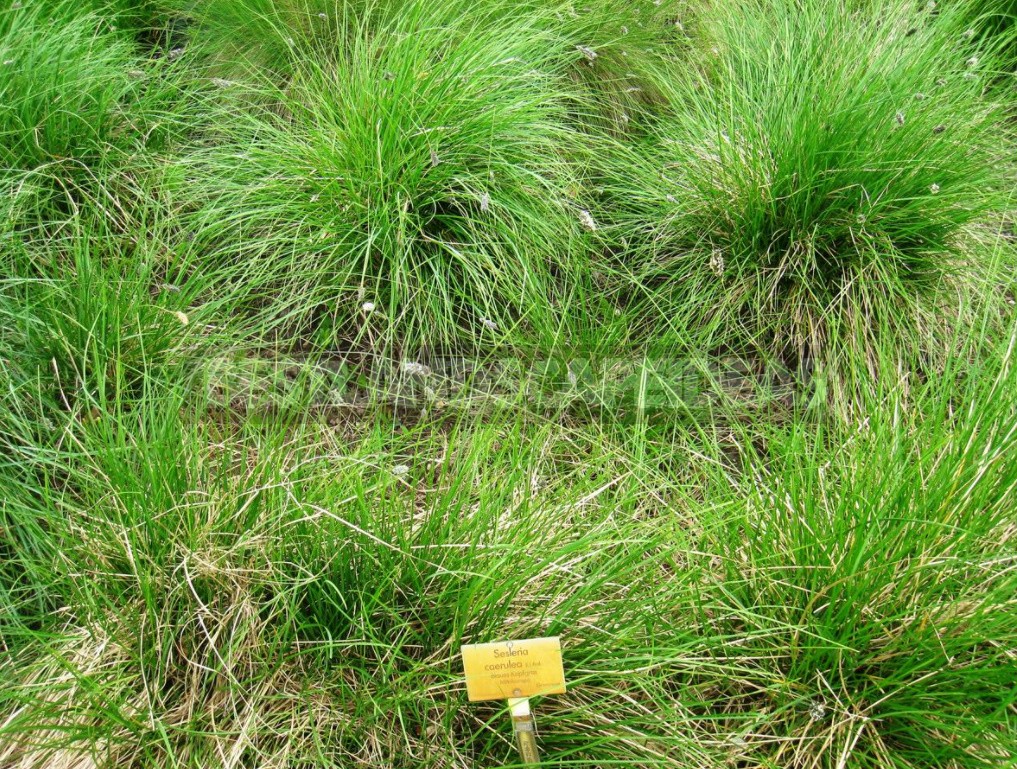
Frost-resistant (zones 4-9). Extremely unpretentious. Its requirements are minimal-Sunny places, any soil (even poor, calcareous), except for highly moistened ones. Moreover, on sparse soils, the gray-green tussocks of Sesleria caerulea retain their rounded shape well. It can withstand periodic flooding and drought. That’s just not like it when it is often walked. Propagated by division in spring or autumn.
Spicy and medicinal herbs
We talked about many of them, touching on various aspects of cultivation and application. Salvia, Perovskia, Helichrysum, Thymus, Artemisia, Hyssopus, Agastache and others are not at all capricious in care. Today I selected species that still have little information on the site.
Calamintha nepeta
Spicy representative of the Labiatae/Lamiaceae family. Calamintha nepeta is a rhizomatous perennial 45 cm high and wide. The whole plant smells of mint with camphor notes, and C. grandiflora has a pleasant coniferous-menthol aroma. Outwardly, both are similar to mint and Melissa, so it is the smell that helps to accurately determine the plant. The flowers are small, light pink, collected in racemes, blooming from June to late autumn.
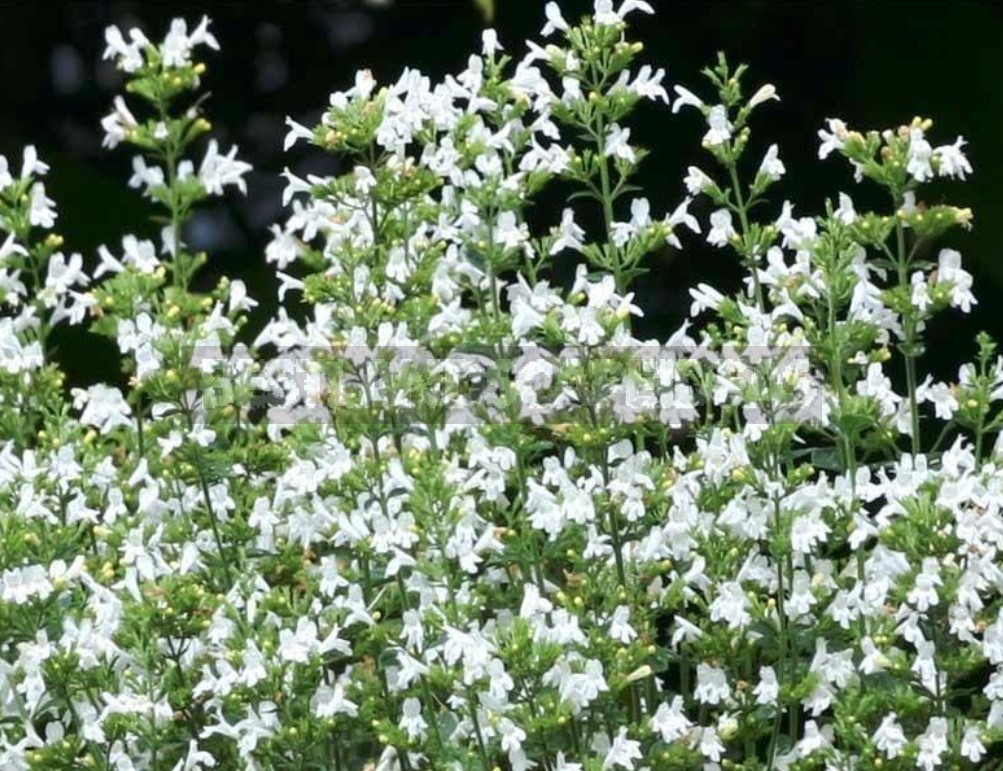
Surprisingly, the fact is that Calamintha nepeta grows right under my feet. Despite the fact that its homeland is considered Central Europe, North-West Africa, Northern Turkey, it winters well in the middle zone, enduring frosts up to -29°C. Extremely drought-resistant and unpretentious to soils. Propagated by seed (sowing — in April) and division in the spring.
Coluria geoides
Homeland-Altai, where it is well known as “clove root”. It is found in Eastern Siberia. Coluria geoides is a small perennial in the Rosaceae family with a creeping rhizome, a rosette of beautifully carved leaves, and bright yellow flowers that bloom in may. The roots are a storehouse of essential oil with a predominance of eugenol, which gives the aroma of cloves.
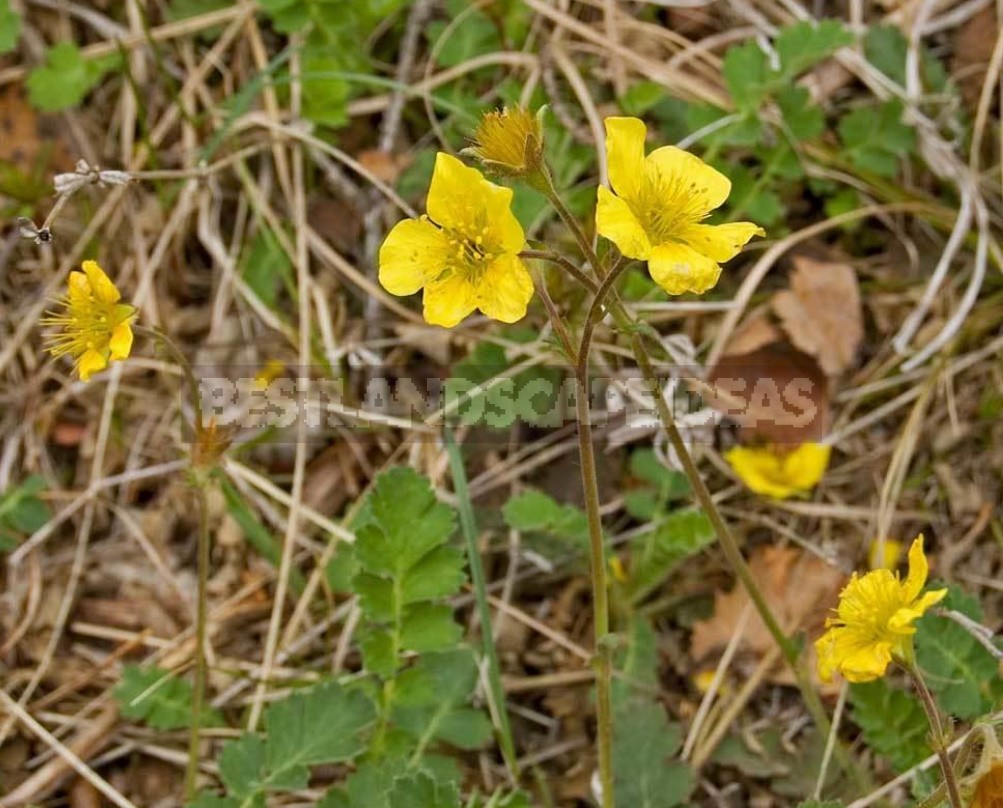
Winter hardiness (zone 4). It is drought-resistant, but in hot and dry summers it still needs to be watered at least occasionally. Propagated by seed (sowing — in April) and division in the spring. Give her a small piece of land “in the back”.
Echinacea angustifolia
A beautiful member of the Asteraceae family native to North America. While Echinacea angustifolia is in the shadow of its famous relative — E. purpurea, but its popularity is growing every year. Tall and slender — 90 cm or more in height and 45 cm in width. The leaves are narrower than those of E. purpurea, up to 15 cm long. Spectacular pink inflorescences-baskets with narrow marginal reed flowers up to 4.5 cm in diameter. Blooms from the first decade of June to the end of July.
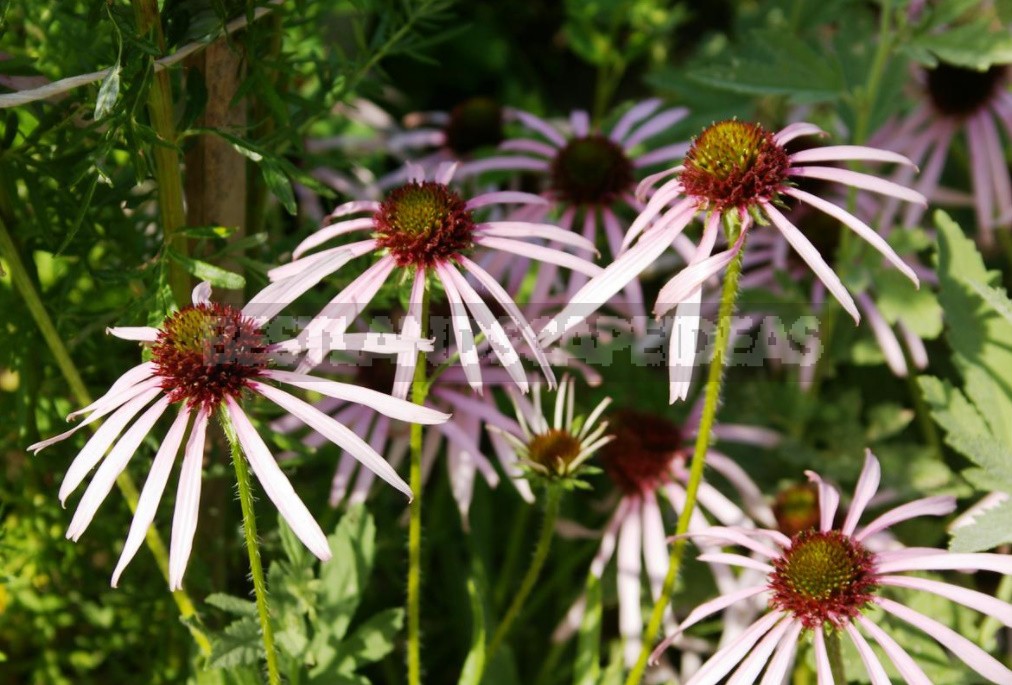
It winters well in the middle zone (zone 4). It is more drought-resistant than other species. Propagated by seeds, sowing — in 2 terms: in April and October. In the first year, it forms only a rosette of leaves.
Groundcover
I am sure that mixborders and rockeries of many readers are decorated with Iberis, Aubrieta, Phlox subulata, Arabis caucasica, Sedum, Cerastium, whose unpretentiousness and endurance are well known. Therefore, from the entire variety of groundcover plants, I again selected species that were undeservedly deprived of our attention.
Gypsophila repens
A groundcover perennial from the family Caryophyllaceae native to the mountainous regions of Central and southern Europe. The creeping shoots of Gypsophila repens rise to a height of 20 cm, and extend to a width of 30-50 cm. The flowers are white and pink, blooming in June and July.

Winter hardy (zone 4), in the South it grows as a semi-evergreen groundcover. Unpretentious, can grow in one place for up to 25 years. In its rider, modest requirements — periodically add lime to the soil, trim and mulch for the winter. Drought-resistant. Propagated by seeds and cuttings.
Aethionema grandiflorum
A member of the Brassicaceae family. Elegant groundcover perennial native to Turkey, Iraq, Iran. Aethionema grandiflorum is 20-30 cm high and wide. The leaves are linear-oblong, 1 cm long. The flowers are white or pink, collected in a brush, bloom in May-June.

In the South, it is a semi – or evergreen plant, in the middle zone it winters under shelter. It does not require fertile soils, and is content with poor ones, with an admixture of coarse river sand. Drought-resistant. Waterlogging is the only vulnerable point of this Spartan. Well propagated by seeds (gives self-seeding), cuttings.
Oenothera speciosa
One of the most elegant representatives of the Onagraceae family, native to the Southwestern United States. Oenothera speciosa is 30 cm high and wide. Leaves are 2.5-5 cm long. Flowers are single, 2.5-6 cm in diameter, white, pink, bloom from early summer to autumn.
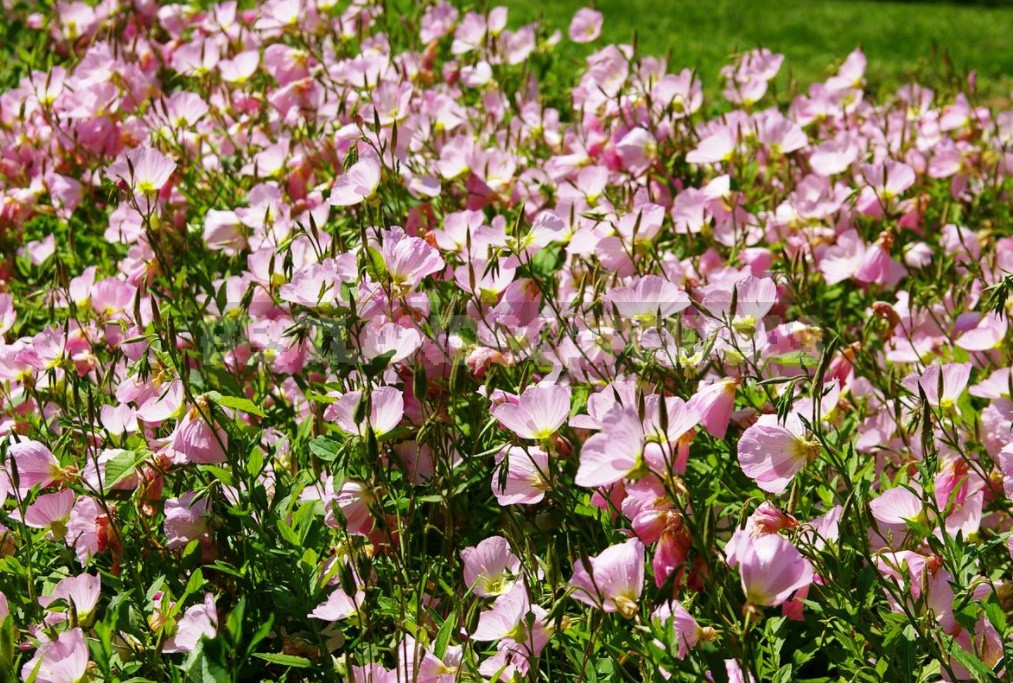
Winter hardiness (zone 4). It feels so good in Sunny places with dry drained soils that control of its distribution is required. Propagated by root offspring.
And what unpretentious groundcover, cereal or spicy-aromatic ascetics grow in your country? How much time does it take to care for them?
